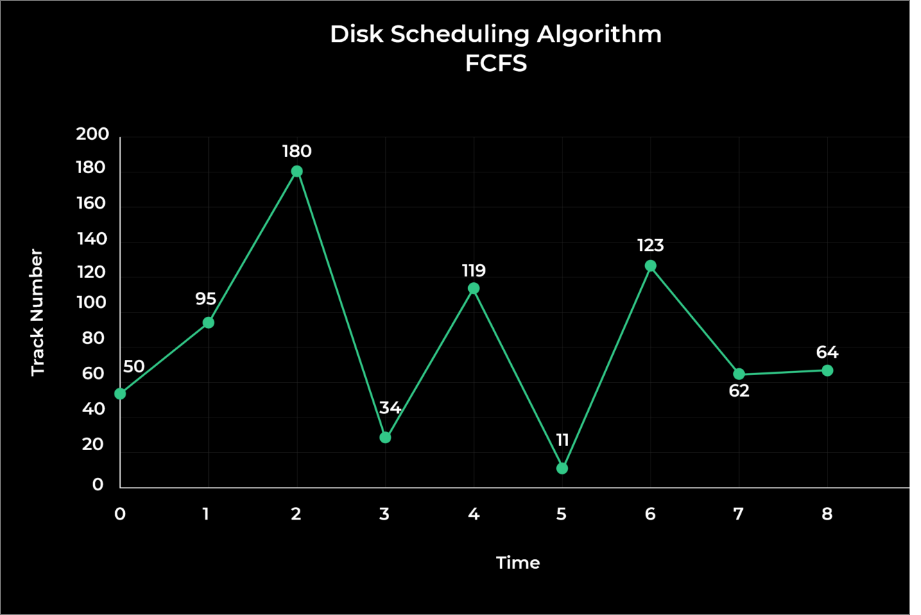
Number of cylinders traversed by read/write headĬan be used to solve numerical questions involving large number of disk accessesĪ computer using a multitasking operating system has multiple processes loaded in its memory at a given time. Number of page faults and page fault ratioĬan be used to solve numerical questions involving large number of page faults and framesįirst-come first-served, shortest seek time first, SCAN, C-SCAN, LOOK and C-LOOK disk scheduling algorithms Trace of the path followed by read/write head Turnaround time, waiting time, response time, throughput and CPU utilizationĬan be used to solve numerical questions involving large number of processesĬan be used to solve numerical questions involving large number of processes and resource typesįirst fit, best fit and worst fit strategiesįirst-in first-out, optimal, least recently used, second chance, enhanced second chance, least frequently used and most frequently used page replacement algorithms

Moduleįirst-come first-served, shortest job first, priority, round robin, multilevel queue and multilevel feedback queue scheduling algorithms OSAVA can visualize a total of twenty-four algorithms (See the table given below). Output is provided typically as a combination of text and illustrations. The module displays a brief description of the selected algorithm and then simulates its working. A module asks the user to select one of the algorithms available in it and enter relevant information. OSAVA has six modules each dedicated to a particular type of algorithm. If we reach where no requests are needed to be serviced in this direction reverse the direction and go to step 3 until all tracks in request array have not been serviced.OSAVA visualizes the different types of algorithms used in operating systems as given in Silberschatz et al.

Go to step 5 until we reach at last request in this direction.Currently serviced track position now becomes the new head position.Increment the total seek count with this distance.While moving in this direction calculate the absolute distance of the track from the head.The head continues to move in the same direction until all the request in this direction are finished.The head services all the requests one by one in the direction head is moving.The initial direction in which head is moving is given and it services in the same direction.Let Request array represents an array storing indexes of tracks that have been requested in ascending order of their time of arrival.The main reason behind the better performance of LOOK algorithm in comparison to SCAN is because in this algorithm the head is not allowed to move till the end of the disk. If there are no pending requests in the moving direction the head reverses the direction and start servicing requests in the opposite direction. The LOOK algorithm services request similarly as SCAN algorithm meanwhile it also “looks” ahead as if there are more tracks that are needed to be serviced in the same direction. LOOK is the advanced version of SCAN (elevator) disk scheduling algorithm which gives slightly better seek time than any other algorithm in the hierarchy (FCFS->SRTF->SCAN->C-SCAN->LOOK). Also, write a program to find the seek sequence using LOOK disk scheduling algorithm. Given an array of disk track numbers and initial head position, our task is to find the total number of seek operations done to access all the requested tracks if LOOK disk scheduling algorithm is used.




 0 kommentar(er)
0 kommentar(er)
